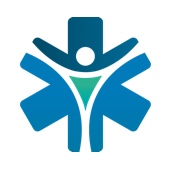How cell therapies will benefit almost everyone

Cell and gene therapies have grown in popularity and efficacy over the years, resulting in 27 approvals by the U.S. Food and Drug Administration (FDA) by the end of 2022. Stem cell research dates back to over 60 years ago and has made great strides, with a major breakthrough occurring in 2006 when Dr. Shinya Yamanaka established a method for reprogramming adult cells into induced pluripotent stem cells (iPSC’s). Today, iPSC therapies offer many benefits to patients, as they use a patient’s own cells and may eliminate the need for a donor match. However, the flood of iPSC and other cell therapy clinical trials is causing severe delays in FDA approvals. To speed up the process, the FDA is reorganizing its Office of Tissues and Advanced Therapies to become a Super Office within the Center for Biologics Evaluation and Research and increasing staff to over 400 employees. There are also efforts to reduce the associated health risks with current therapies, such as cytokine release syndrome and CAR-related encephalopathy syndrome. Despite the challenges, cell and gene therapies hold great promise for the future and may eventually benefit almost 1 in 3 people in the United States, i.e. every American family. The financial interest in cell therapy breakthroughs and the potential for numerous additional healthcare advancements are irrefutable, signaling that the future of precision and regenerative medicine has just started to unfold.
Above is our summary of a recent article from Forbes, you may need a subscription to read the content in its entirety.
Contact us to learn more about cell therapies or request an appointment with our partnering clinics at the following email address:
info@medadvisor.co
MedAdvisor
